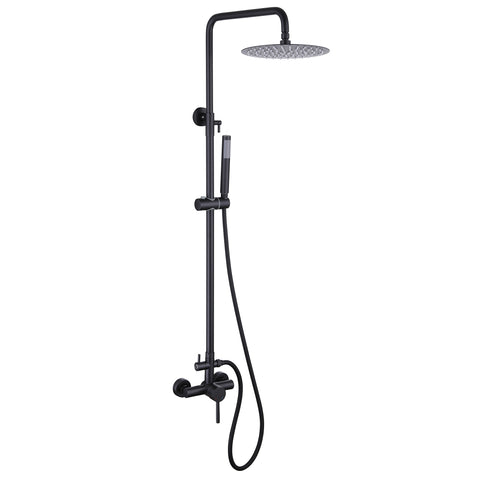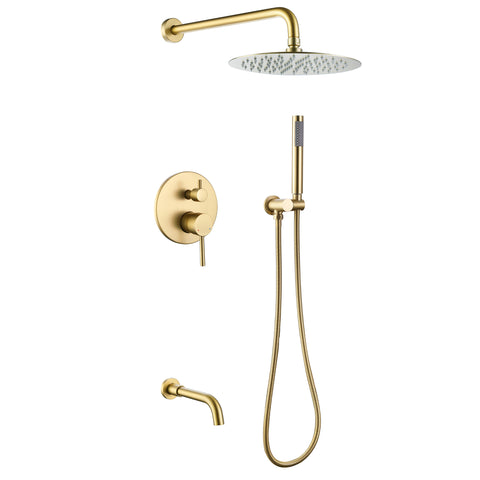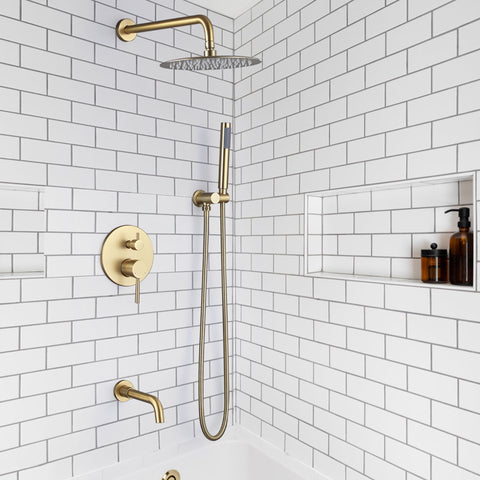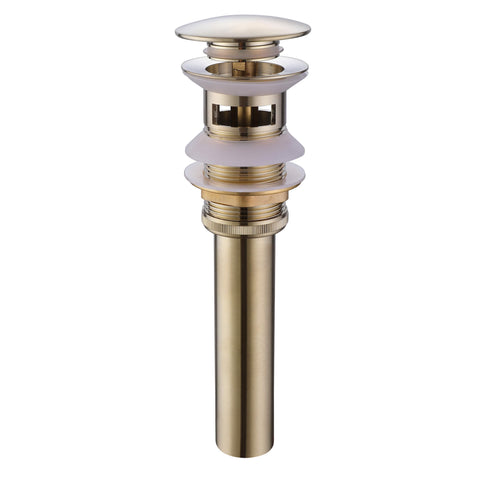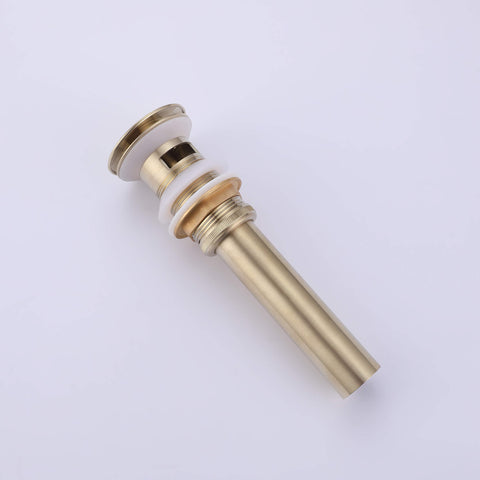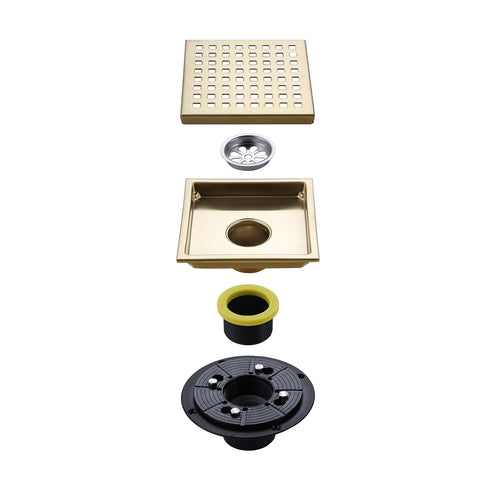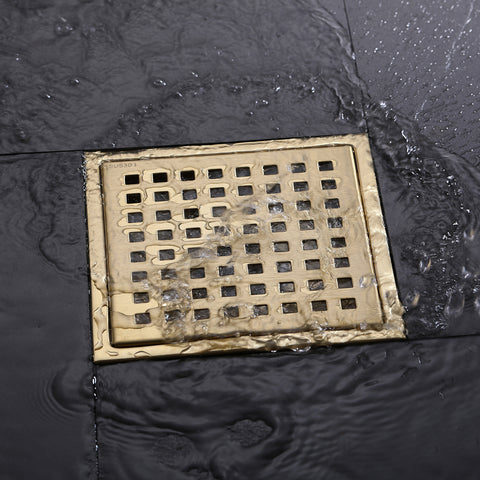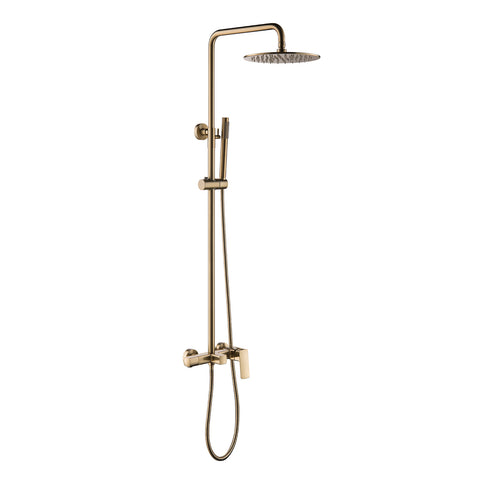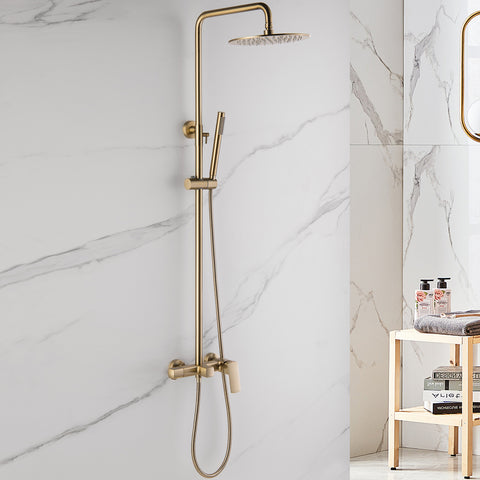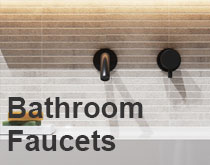How to Fix a Leaking Shower Hose: A Simple Guide
A leaking shower hose can be a frustrating and inconvenient issue. Not only can it waste water, but it can also cause water damage in your bathroom. However, there’s no need to panic. In this guide, we’ll walk you through the steps to identify, diagnose, and repair a leaking shower hose so you can enjoy a stress-free, water-tight shower experience.
Step 1: Identify the Leak
The first step is to locate the source of the leak. Leaks can occur at different points along the hose, including connections to the showerhead and water supply. Here’s how to inspect:
- Turn off the water supply: Before starting, shut off the shower water supply using the shower valve or your home’s main valve.
- Inspect the hose: Examine the entire length for visible cracks, holes, or wear that might be causing the leak.
- Check connections: Make sure both ends of the hose are properly tightened; loose or misaligned fittings are a common cause of leaks.
Step 2: Repair or Replace the Hose
Depending on what you find, you can either repair or replace the hose:
- Repairing: For small holes or cracks, use waterproof tape or a hose repair kit. Make sure the hose is dry before applying, and follow the product’s instructions for a secure seal.
- Replacing: If the hose has severe damage or multiple leaks, replacing it is the best option. Measure the needed length, purchase a compatible replacement, and ensure standard fittings match your shower setup.
Step 3: Install the New Hose
If replacement is necessary, follow these steps:
- Remove the old hose: Carefully unscrew it from the showerhead and water supply. Use a wrench if needed but avoid overtightening to prevent damage.
- Attach the new hose: Connect it securely at both ends, tightening by hand or lightly with a wrench.
- Turn on the water: Restore the water supply and check for leaks at the connections. Tighten further if needed.
- Test the hose: Run the shower for a few minutes and inspect for leaks along the hose and connections. If none are found, your replacement is successful.
Conclusion
A leaking shower hose can often be fixed easily with the right steps. By quickly identifying and repairing or replacing the hose, you can prevent water waste and avoid costly damage. If you’re ever unsure about the process, consult a professional plumber. A leak-free shower hose ensures a comfortable, water-efficient, and worry-free shower every time.
